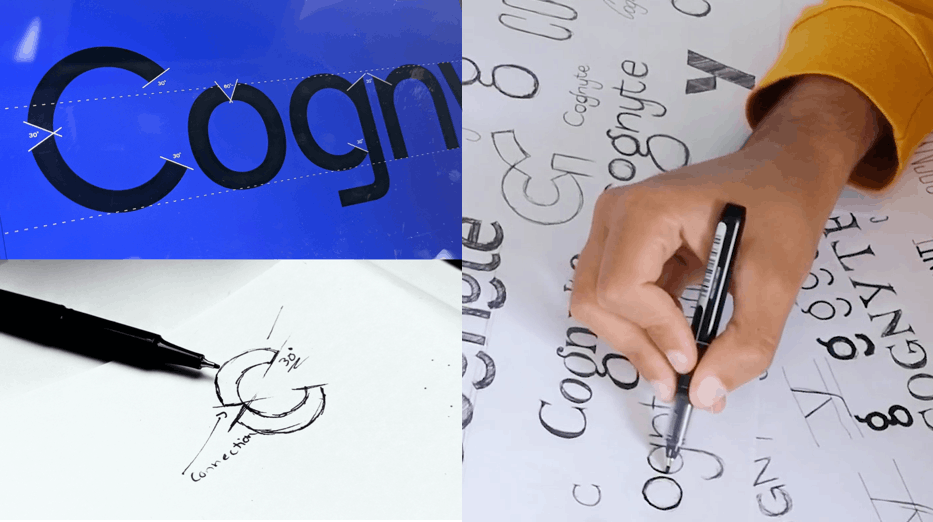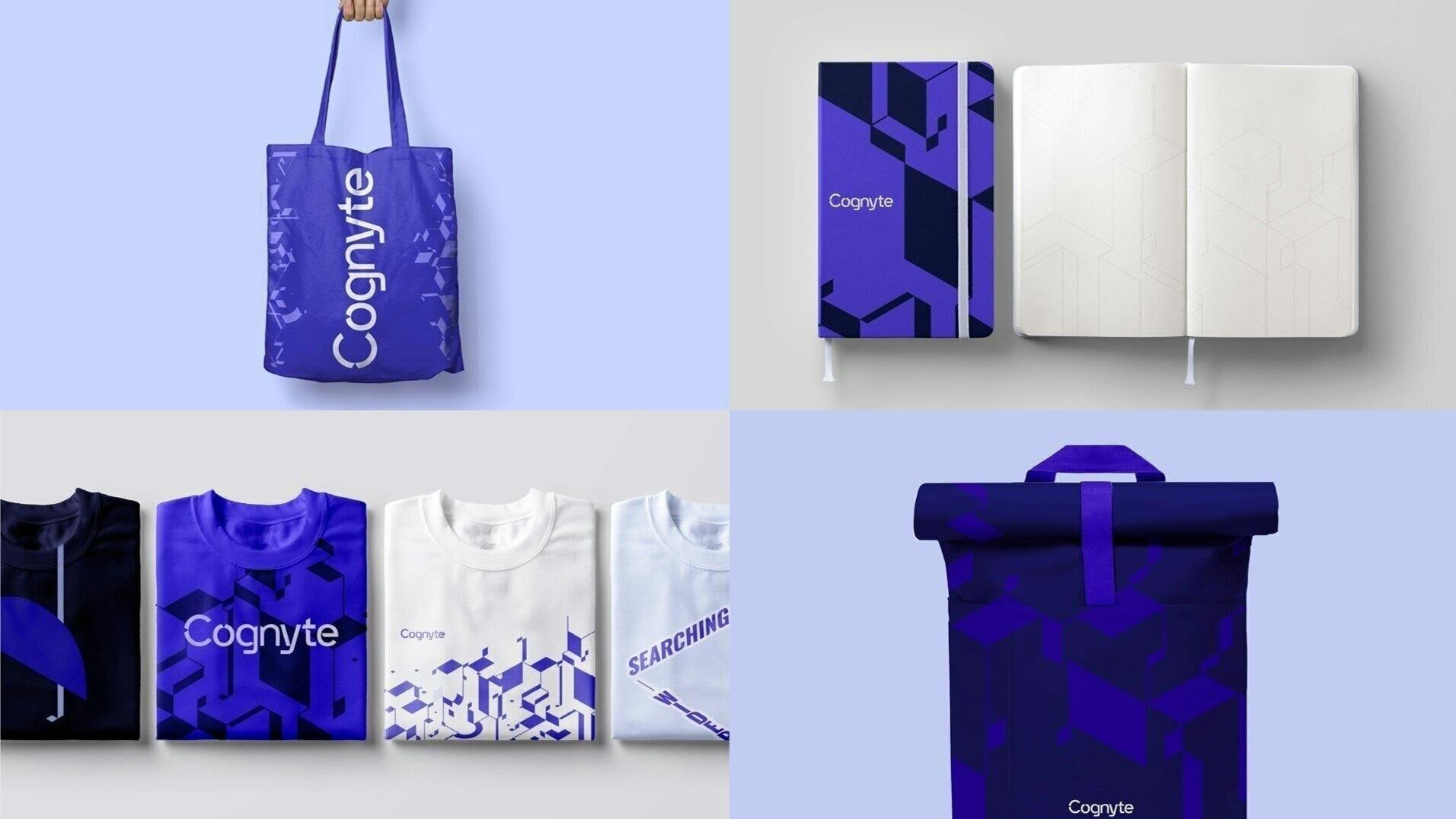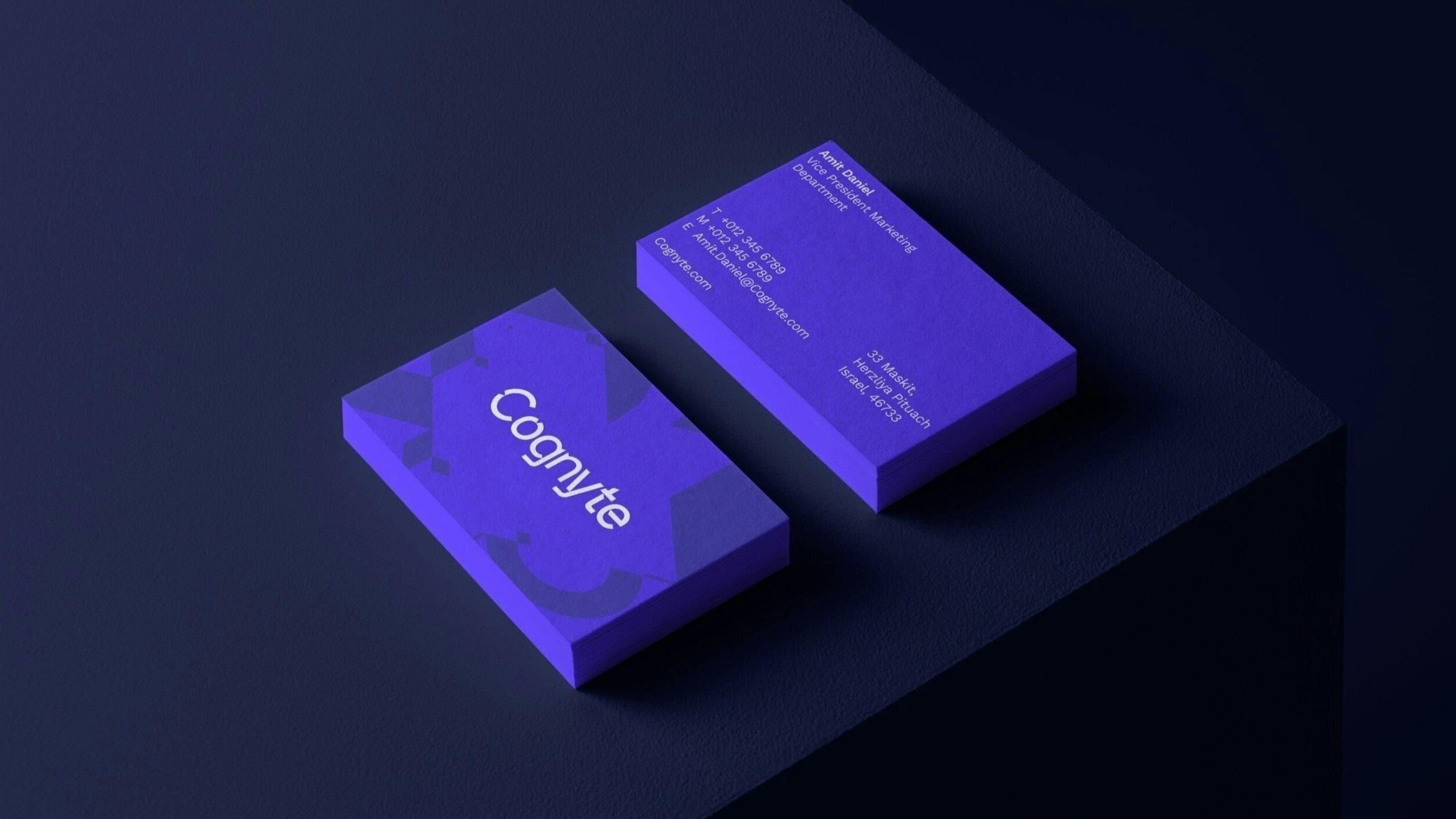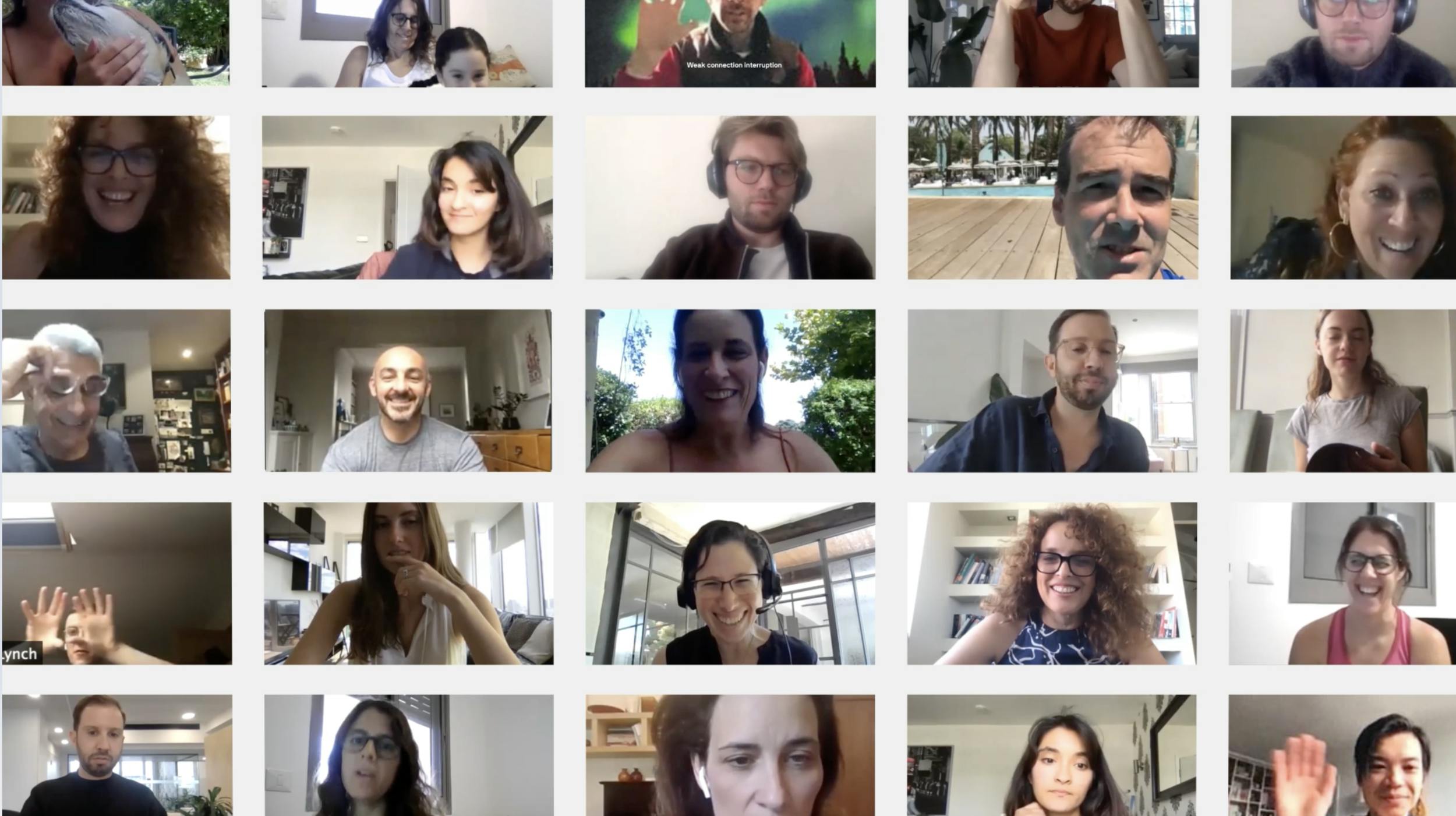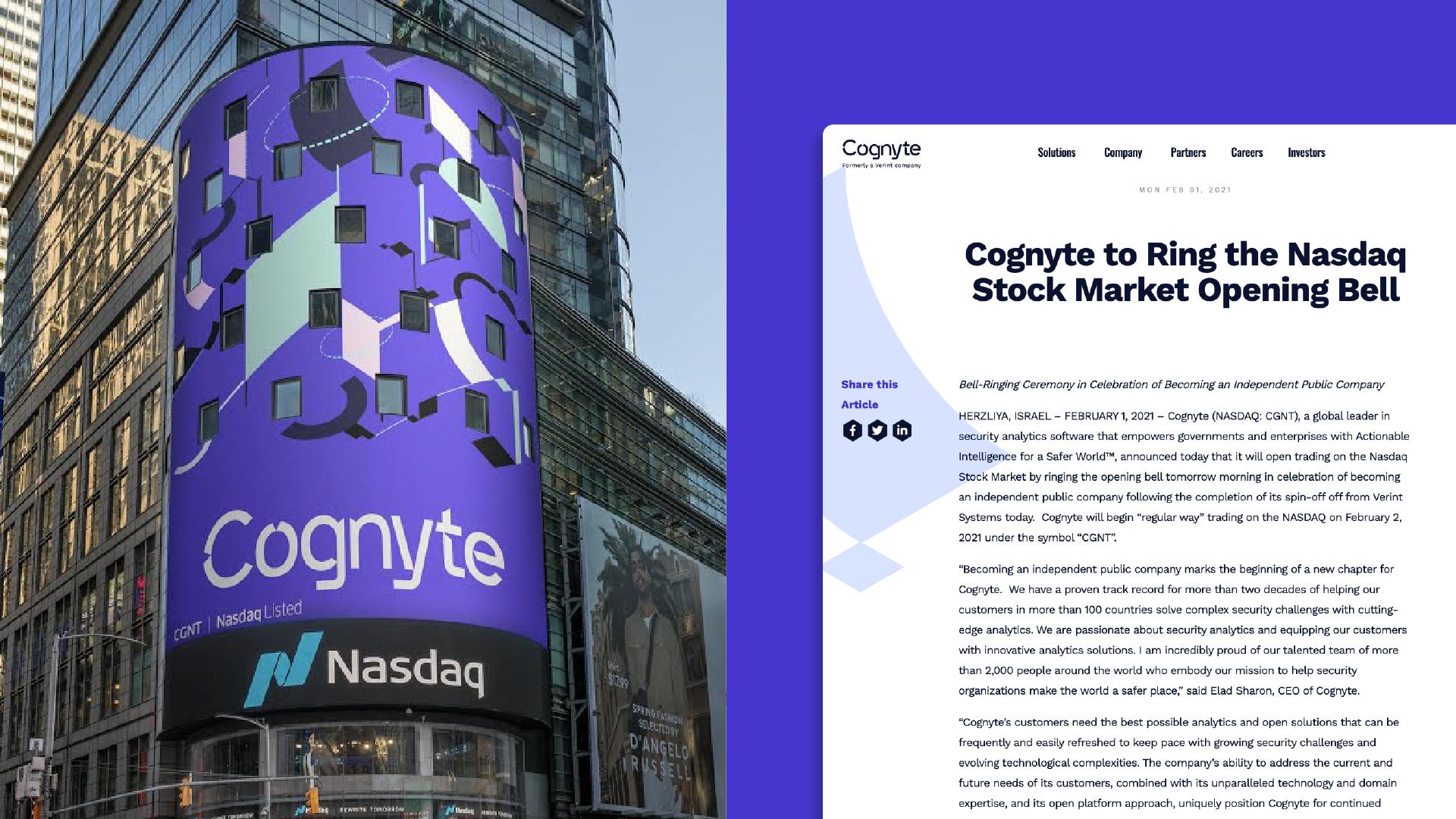As we know, this is a relationship business. What makes for the strongest creative partnerships between creative teams and their clients?
Darren: We pride ourselves on developing strong relationships with our clients - it’s all about the people at the end of the day. Good people want to work with good people. For us this often comes back to two simple concepts: communication and trust.
No matter who you’re working with, it’s always critical to establish strong feedback loops from the beginning. This gives both sides a channel to discuss the work frequently, and allows everyone to be agile and to course-correct sooner rather than later. Communicating and collaborating with internal design teams is also part of this, it helps everyone feel ownership over the work and more connected to the end product. We kept very close to all teams, going back and forth and really stress-testing everything from naming, to messaging to digital component design to imagery style.
Second, trust! This goes both ways, and it’s so important to a true partnership to be able to trust each other and have those very honest conversations. It makes the process easier and more enjoyable, which always leads to the best creative work.
Amit: Trust is certainly a key here, but that was also earned along the way. Ultimately, the result of our joint work was stunning. We saw great collaboration between the in-house design team, the Re team, and the various vendors we brought on to support the project.
It was also critical that we keep all teams on both sides fully involved all the way through, from strategy to post-execution. We worked on it all together – communication, messaging, product marketing, design – all teams contributed and shared feedback. We had some heated but respectful professional debates, and the outcomes often led to new insights and beautiful results.
Communication was also key as we rolled out the brand. We made clear communication channels for all the design teams during the rollout, and worked together to bring the employees on board when the time came to reveal the brand.
Is your work done?
Amit: No, our work is not done. But we have made great progress and I am proud to see our brand immersed in every corner of our physical space, as well as on social media, and across digital channels.
It is now a little over a year since this process began. And we have achieved many accomplishments with the new brand. We have literally surrounded ourselves with it, ‘Cognytizing’ our offices, our collateral, and our products. It was fascinating to see how quickly our employees identified with the new name and began to use it naturally.
However, a brand is not something that one ever ‘completes.’ It is something that evolves together with the organization, and improves as we learn what works, what drives our business goals, and even what is less effective.
You can see this exciting development on our social networks – on LinkedIn, Facebook, Twitter, and YouTube. To see it visit the Cognyte website and follow Cognyte on social media to see how the brand and visuals continue to evolve.

